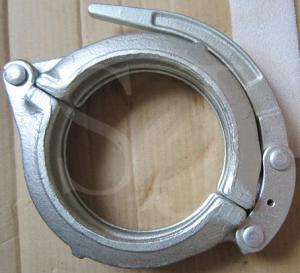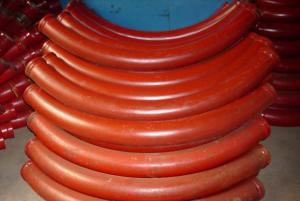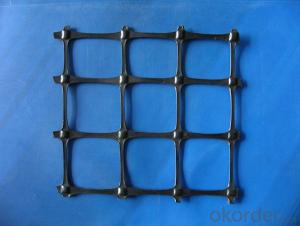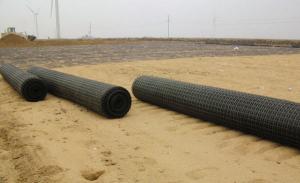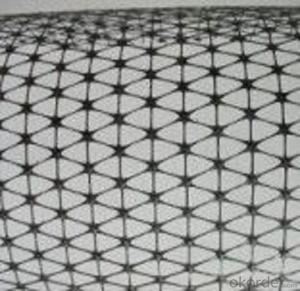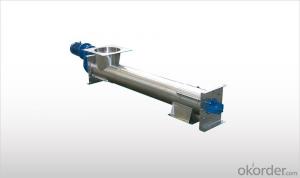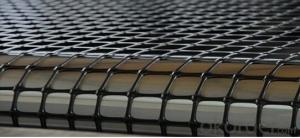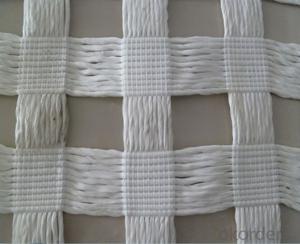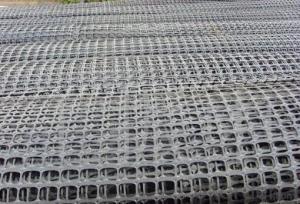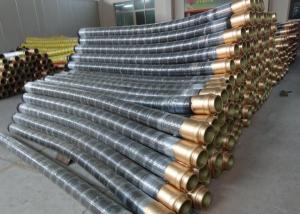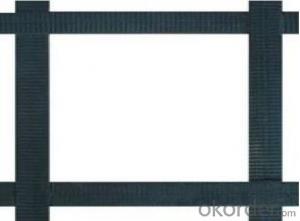Tx-5 Geogrid
Tx-5 Geogrid Related Searches
Fridge With Freezer On Bottom Driveway Pillars With Lights Blu Ray Player With Recorder Blu Ray Player With Internet Geogrid In Retaining Walls 1708 Biaxial Fiberglass Tape Pullout Resistance Of Geogrid Geogrid Warp Knitting Machine Srw 3 Series Geogrid Biaxial Plastic GeogridHot Searches
Fiberglass Scaffolding For Sale Fiberglass Panels For Sale Fiberglass Greenhouses For Sale Geogrid Fabric For Sale Gas Powered Core Aerator For Sale Revolution 4 Propeller For Sale Alabaster Carving Stone For Sale Geogrid For Sale Near Me Tensar Geogrid For Sale Geogrid For Sale Ex Display Log Cabins For Sale Photoelectric Cells For Sale Athletic Lockers For Sale Cubicle Partitions For Sale Stearman Propeller For Sale Palram Greenhouses For Sale Gumbo Bowls For Sale Suzuki Propellers For Sale Freight Crates For Sale Outhouse Sheds For SaleTx-5 Geogrid Supplier & Manufacturer from China
Okorder.com is a professional Tx-5 Geogrid supplier & manufacturer, offers integrated one-stop services including real-time quoting and online cargo tracking. We are funded by CNBM Group, a Fortune 500 enterprise and the largest Tx-5 Geogrid firm in China.Hot Products
FAQ
- Yes, geogrids can be used in temporary erosion control applications. Geogrids are versatile and effective in stabilizing soil and preventing erosion, making them suitable for temporary erosion control measures such as construction sites, temporary access roads, and stockpile areas.
- Building houses and roads require pipes and geotextile, grille?
- One way tensile plastic geogrid: Polyethylene one-way tensile geogrid is made of high density polyethylene (HDPE) as raw material, through plasticizing extrusion plate, punching, heating, stretching
- Is the test items within the inspection listAcceptance specification
- Stagger distance. About these items
- Yes, geogrids are generally resistant to UV degradation. They are designed to withstand prolonged exposure to sunlight without significant degradation or loss of strength.
- Yes, geogrids are suitable for use in reinforced soil slopes. Geogrids provide stability and reinforcement to the soil, preventing erosion and slope failure. They enhance the strength and load-bearing capacity of the soil, making them an effective solution for reinforced soil slopes.
- Yes, geogrids can be used in reinforced earth bridge abutments. Geogrids are often used as reinforcement materials in soil structures, including bridge abutments, to increase their stability and load-bearing capacity. They provide reinforcement to the soil, enhancing its strength and preventing potential failures. Geogrids can effectively distribute loads and reduce soil settlement, making them a suitable choice for reinforcing earth bridge abutments.
















